Pool swimming simulators: varieties, tips for use and selection

Many fitness centers have swimming pools that house aquatics, which are gaining popularity quite rapidly. They help diversify fitness and rehabilitation after injuries and illnesses.
Why do we need it?
Water simulators cannot be called a new word in sports. These devices, located in pools, have been used for quite a long time in various medical centers for the recovery of patients with disorders of the musculoskeletal system, heart and nervous system problems. But over time, their use began to spread in fitness rooms. Many people combine gym and gym training.
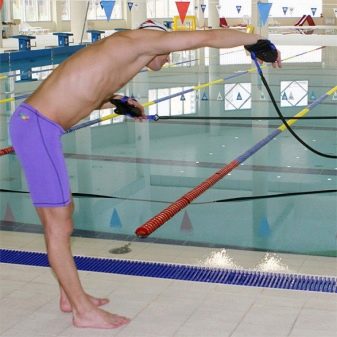
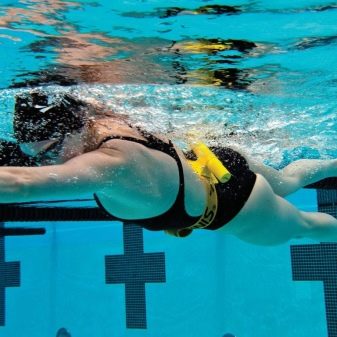
The answer to the question of why hydro simulators are gaining such popularity lies on the surface. When exercising in an aquatic environment, the effectiveness is significantly increased, because the voltage applied in order to overcome the resistance of the water is 14 times higher than the same effort expended on conventional training devices.
At the same time, do not forget about such a property of water as buoyancy force, which significantly lightens the load on the heart and joints. From this we can conclude that training on aquatics is more beneficial than similar devices in the gym.
Based on these advantages of this group of devices for sports, they can be recommended for use by athletes, elderly people, pregnant women undergoing rehabilitation therapy. You can also advise this type of training for people who are overweight.
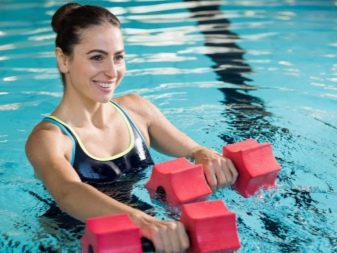
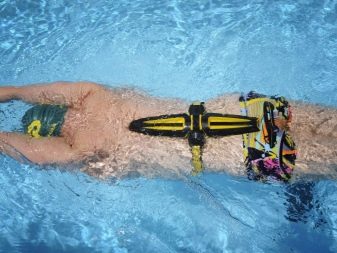
Varieties of aquatics
Various devices are used to increase the efficiency of the pool sessions, Let's consider the most common ones.
- Belt. It increases the weight of the swimmer and, accordingly, increases the resistance of the water mass, since the belt slows down the athlete. To swim faster you have to make significant efforts. The brake belt consists of a strap that holds plastic containers filled with fluid. Their number and weight can be adjusted independently. This device is designed to improve swimming technique and increase endurance.
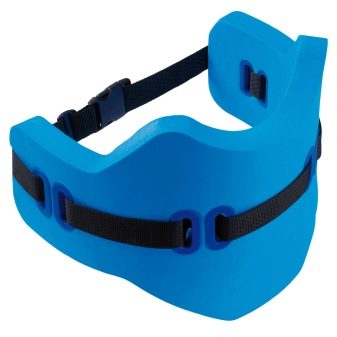
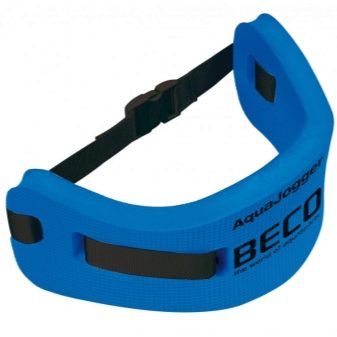
- Aquabike. This is a regular exercise bike, made of stainless steel, only located in the pool. There are practically no contraindications for practicing on it. It is ideal for those people who are afraid to swim, as the trainee on this device dives to the chest as much as possible. The benefits from it are enormous, regular exercise stabilizes the work of the heart muscle, reduces the risk of cardiovascular diseases and, due to the strengthening of the venous system, reduces the risk of varicose veins. It can also be used by people with osteoporosis.
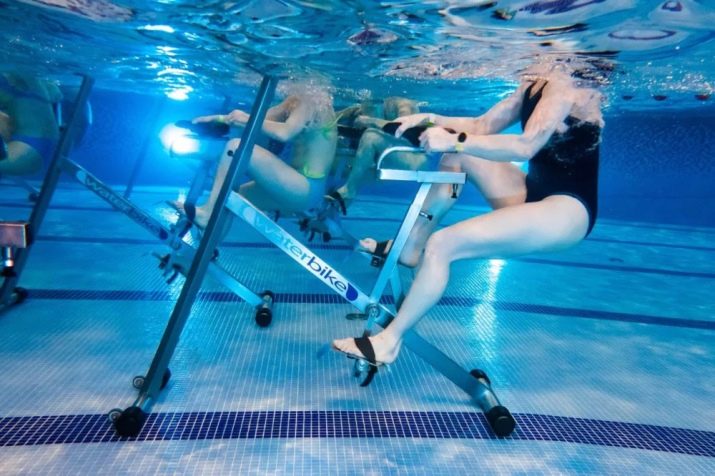
- Underwater treadmill. Water joggers are used to recover athletes after injuries and surgeries. It is also used for the rehabilitation of patients who have suffered a stroke or have problems with the musculoskeletal system. In the fitness rooms, visitors combine strength training with running in the water - not easy, but refreshing.
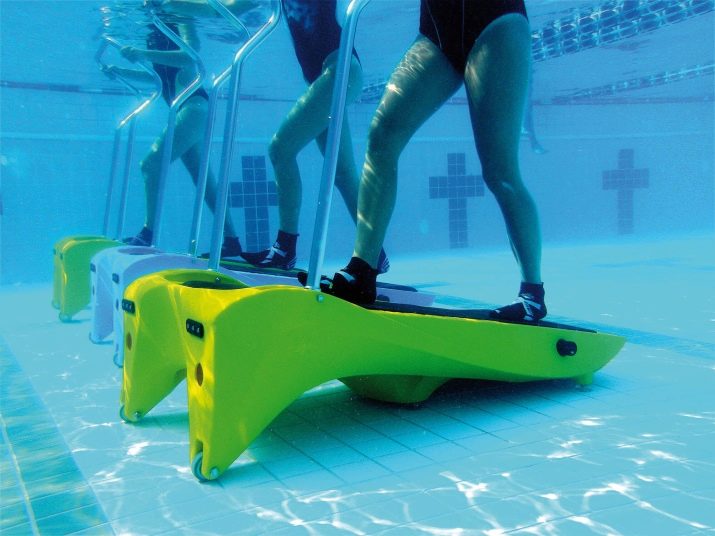
- Flippers. They load the legs well, but remember that only short ones with rigid blades will help achieve the desired effect.
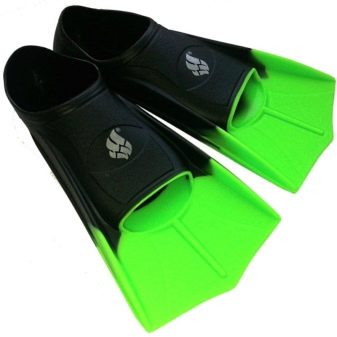
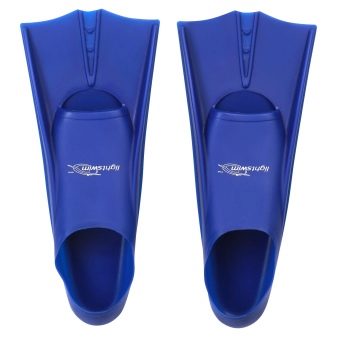
- Also, as an underwater simulator, you can use rubber tourniquet. Attaching it to your ankles will take considerable effort to overcome the rubber's resistance.
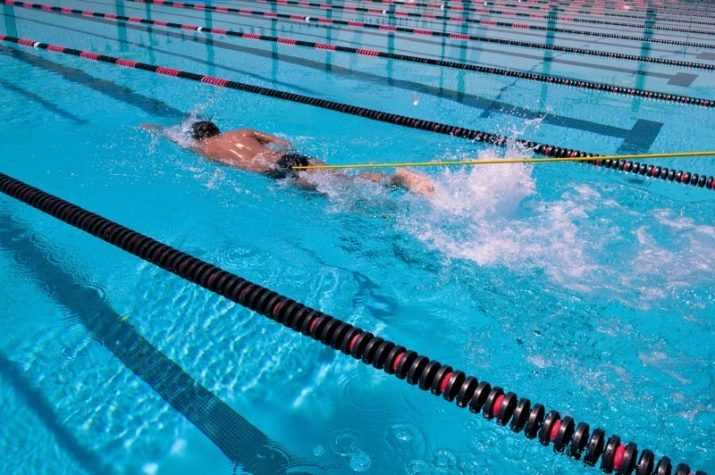
- Parachute or swimming bag. During the swim, it opens up and acts as a brake, creating a huge load. All muscle groups are tense, and the spine is stretched. However, care must be taken when using this machine.
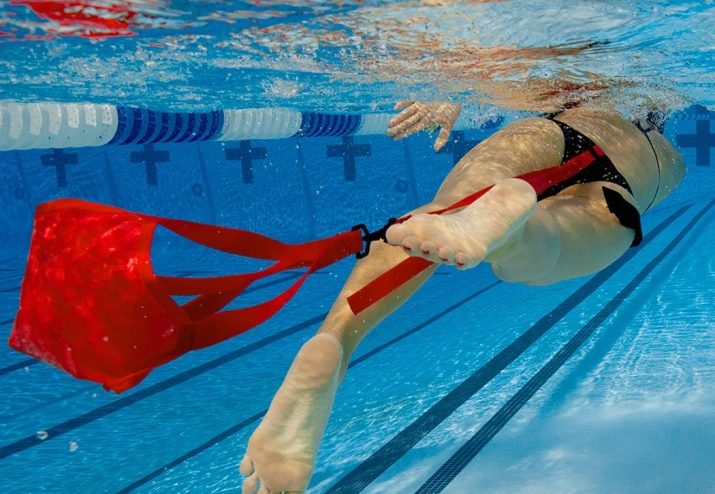
Usage Tips
Swimming in the pool is a quick way to get back into shape after a long break. The only caveat: do not get carried away and start briskly. The rules are pretty simple:
- training should take place under the guidance and supervision of an experienced trainer;
- classes should not last more than 60 minutes, the optimal time is three quarters of an hour;
- engage in preferably three to four times a week;
- the depth of the pool should be between 80 and 120 cm;
- the jogging track must be equipped with handrails;
- visually inspect the simulator before classes, it must be in good working order;
- before training, you should warm up to warm up the muscles;
- after exercising in the gym, you need to cool down, if you immediately immerse yourself in the water you can catch a cold;
- during exercise, it is not required to give the body excessive loads and all the time you need to monitor your condition, if it worsens, exercise should be stopped.

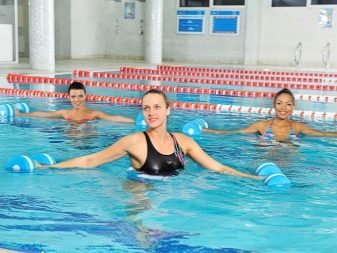
How to choose?
There are many companies that manufacture fitness equipment for training in the pool. In order to make the right choice, it would be best to seek advice from specialists, but first, know some secrets, and pay attention to them.
- Firstly, this is the material from which the simulator is made. It is in the water all the time, so it should not corrode. Most often, aquatics are made of high quality stainless steel, rubber and plastic.
- Secondly, the method of attachment in the reservoir. The safety of sports will depend on this. The exercise machine must be securely fixed so that during training it does not fall and injure an athlete, patient or ordinary visitor to the fitness center.
- Thirdly, the characteristics and functionality of the products.The equipment for exercising in the pool should be as comfortable as possible and not cause inconvenience during training. Before purchasing, you need to inspect the device for visible damage.
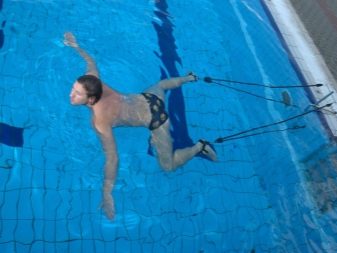
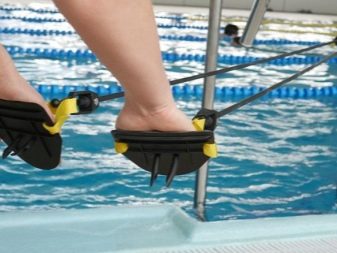
If you strictly follow the rules specified in the instruction manual, and if you have reliable fasteners, you can install the simulators yourself. But still it is safer and safer to contact a specialized organization.
See below for an overview of the waist trainer.








